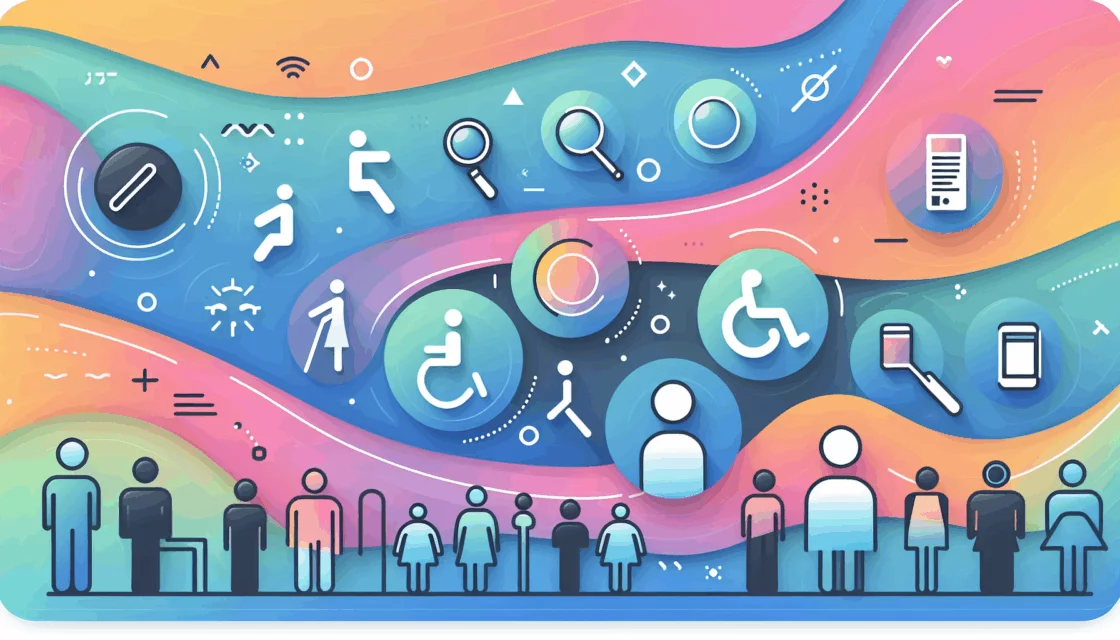
The Critical Role of Page Speed in Digital Success
In the fast-paced world of the internet, where every second counts, the speed at which your website loads can be the difference between capturing and losing your audience. This article delves into the impact of page load time on user experience and SEO rankings, providing actionable insights and real-world examples to help you optimize your website for maximum performance.
The User Experience Factor
When it comes to user experience, page speed is paramount. A slow-loading website can be frustrating for users, leading to higher bounce rates and lower engagement rates. According to Google, 53% of mobile users abandon a site that takes longer than 3 seconds to load.
Bounce Rates and Engagement
Bounce rate, the percentage of users who leave your website after viewing only one page, is significantly affected by page speed. If a page takes longer than three seconds to load, over a quarter of users will click away and choose a different search result. This not only hurts your user engagement but also reflects poorly on your website’s overall performance.
Fast-loading websites, on the other hand, encourage users to stay longer and engage more deeply with your content. This can lead to longer average time on page and a higher number of page views per session, ultimately increasing the likelihood of conversions.
The SEO Connection
Page speed is not just crucial for user experience; it also plays a significant role in SEO rankings. Google has been using page speed as a ranking factor since 2010, and it continues to be an important signal in their algorithms.
Google’s Page Experience Signals
In 2021, Google introduced the “Page Experience Signals,” which include metrics like page speed, mobile usability, and safe browsing. These signals are designed to measure how users perceive the experience of interacting with a web page. A slow-loading website can negatively impact these signals, leading to lower rankings on Google’s SERPs.
Correlation Between Speed and Rank
Studies have shown a clear correlation between page speed and search engine rankings. For instance, a study by Neil Patel analyzed 143,827 URLs and found that faster site speeds correlated with higher Google search rankings. The data indicated that top-ranked websites have significantly faster page load times, particularly in metrics like Time to First Byte (TTFB) and start render times.
Real-World Examples and Case Studies
Real-world examples illustrate the profound impact of page speed optimization. For instance, a study by Google and Deloitte found that for every 0.1 seconds that your page speed improves, conversion rates can increase by up to 8%.
Another example comes from the Aberdeen Group, which found that a one-second delay in page load time can result in a 7% loss in conversions, 11% fewer page views, and a 16% decrease in customer satisfaction.
Strategies to Improve Page Speed
Improving page speed is not just about tweaking a few settings; it requires a comprehensive approach. Here are some key strategies:
Optimize Images and Media
Large images and media files can significantly slow down your website. Optimizing these files by compressing them without compromising quality can make a big difference. Tools like TinyPNG and ImageOptim can help you achieve this.
Use a Fast Web Hosting Service
Your web hosting service can greatly impact your website’s speed. Choosing a reliable and fast hosting service like Kinsta can ensure your website loads quickly and efficiently.
Minimize HTTP Requests
Reducing the number of HTTP requests your website makes can speed up the loading process. This can be achieved by minifying and combining CSS and JavaScript files, as well as using browser caching.
Leverage Content Delivery Networks (CDNs)
CDNs can distribute your content across different servers worldwide, reducing the distance between users and your website’s resources. This can significantly improve load times for users in different regions.
Conclusion and Next Steps
In conclusion, page speed is a critical factor that influences both user experience and SEO rankings. By prioritizing speed optimization, you can improve user engagement, reduce bounce rates, and enhance your website’s visibility in search results.
If you’re looking to optimize your website’s performance, consider the following:
- Audit Your Website: Use tools like Google PageSpeed Insights to identify areas for improvement.
- Consult Experts: Reach out to professionals at Belov Digital Agency for tailored solutions.
- Stay Updated: Regularly update your website and its components to ensure you’re leveraging the latest performance enhancements.
By focusing on page speed, you can create a better user experience and improve your SEO rankings, ultimately driving more traffic and conversions to your website.
For more insights on how to optimize your website, check out our other blog posts, such as How to Improve Your Website Speed and SEO Tips for Small Businesses.













